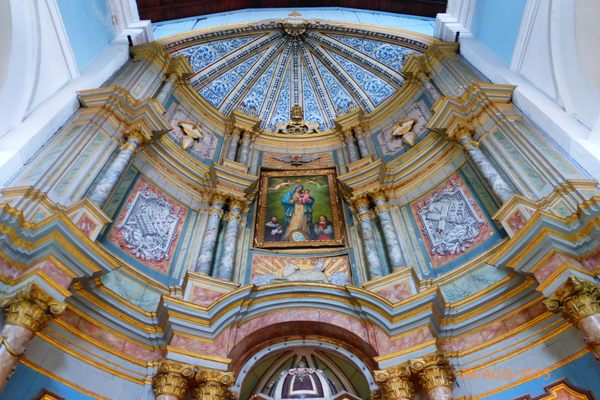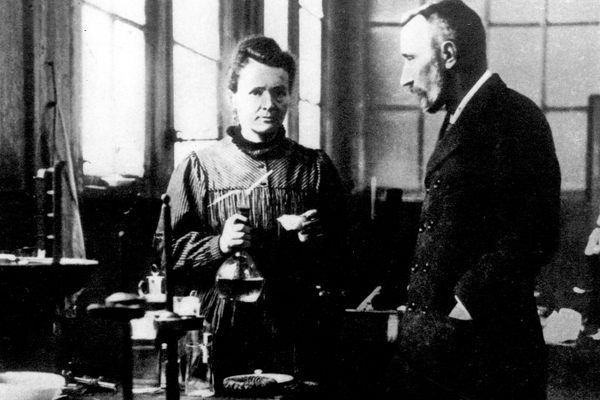Notre Dame’s Bees Seem to Have Survived the Blaze
A little bit of sweet news.

Several types of creatures make themselves at home on the tippy-tops of buildings. You have your gargoyles, their stone gazes fixed forever on the horizon, and pigeons, their poop splattered in putrid white polka dots. And, on some urban rooftops, you have bees.
Beekeepers tend to hives atop several Paris landmarks, including the Opéra Garnier, Musée d’Orsay, and Notre Dame. More than 180,000 honeybees were said to flit around the hives atop the sacristy, their honey doled out among cathedral staff. So when a blaze recently torched Notre Dame’s wood roof and demolished the spire, apiarists were eager to know how the colonies had fared.
For the beekeeper Nicolas Géant, who cares for Notre Dame’s hives, aerial images of the scorched building were a good omen. “If you look at the photos from the sky, you see that everything is burnt, there are holes in the roof, but you can still see the three beehives,” Géant told NBC News.
The hives are stacked slightly below the portion of the roof that went up in the flames. The fact that the hives hadn’t burned was promising, but it didn’t necessarily mean that the bees had survived the clouds of hot, gray smoke. (Géant explained to CNN that it’s possible that the hives would have handled that alright, since beekeepers regularly blow cold smoke into hives to lull bees into a honey-feast stupor while the humans do their work.) Then, a few days after the blaze, he got the news he had been waiting for: A cathedral spokesperson told him that bees had been seen buzzing around the hives, the Agence France-Presse reported. At least some winged residents had made it through.
While it’s too soon to tell for sure just how many hung in there—Géant told CNN that he hadn’t yet gotten up to the roof to inspect the hives—he was overjoyed by what he’d seen so far. At this point, that sign of life amid the wreckage felt precious, he said. He called it “a miracle.”










Follow us on Twitter to get the latest on the world's hidden wonders.
Like us on Facebook to get the latest on the world's hidden wonders.
Follow us on Twitter Like us on Facebook